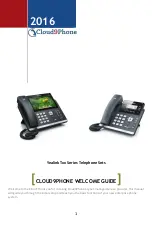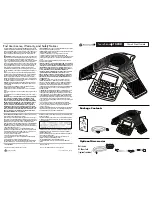
3. TECHNICAL BRIEF
- 6 -
Copyright © 011 LG Electronics. Inc. All right reserved.
Only for training and service purposes
LGE Internal Use Only
3.11.2.2 UART interfaces
One of the GSBI ports configured for UART operation is used internally to support Bluetooth (where applicable).
The reference design did not include any external UART connections.
[Figure 3.11.2.2] Example UART connection
3.11.2.3 USB interfaces
The universal serial bus (USB) is an interconnection standard widely supported by the electronics industry. The
USB 2.0 specification defines three operating data rates: low-speed (1.5 Mbps); full-speed (12 Mbps); and high-
speed (480 Mbps).
When two devices are connected via a USB interface, one device must act as a host, and the other device must
act as a peripheral. The host is responsible for initiating and controlling traffic on the bus. The USB specification
requires personal computers (PCs) to act as hosts, and other devices such as printers, keyboards, and mice to act
as peripherals. The OTG supplement of the USB 2.0 specification creates a new class of devices called OTG
devices. OTG devices can act as either hosts or peripherals, depending on how they are connected and/or used.
The MSM8x55 device supports host and peripheral modes within the OTG supplement, with the exception of
session request protocol (SRP) and host negotiation protocol (HNP).
The MSM8x55 IC supports one HS USB port with built-in PHY.
The MSM8x55 IC supports USB interfaces using two controllers:
The primary controller is the high-speed USB (HS-USB) port with an integrated physical layer (PHY).
This HS-USB port is also capable of supporting USB operations at low speed and full speed
The secondary controller is the full-speed USB-UICC port.
















































